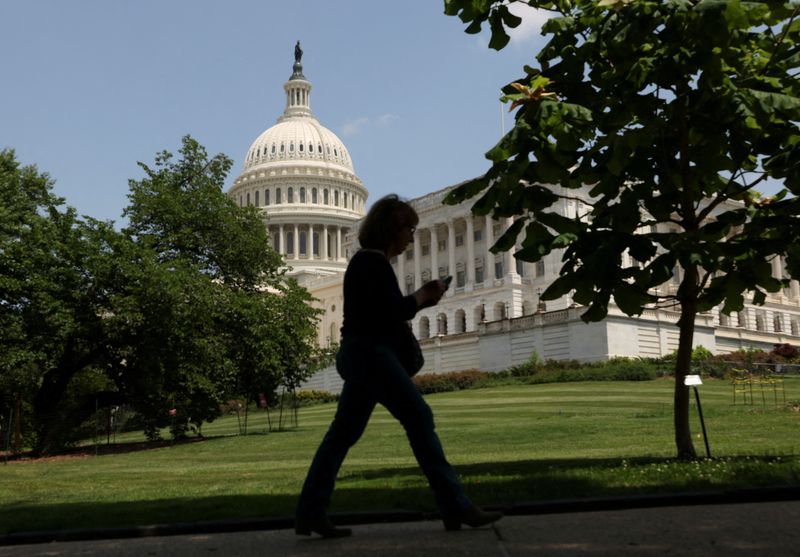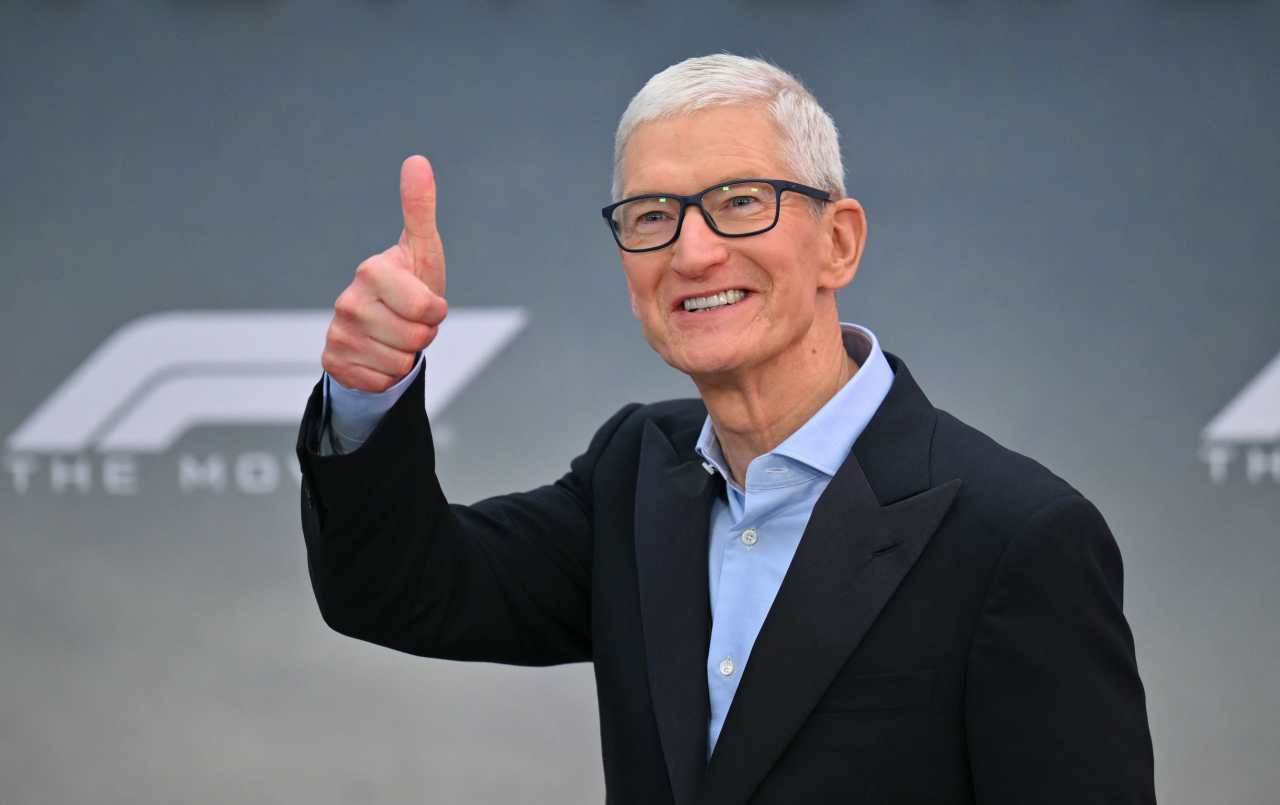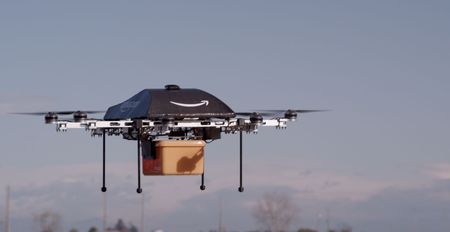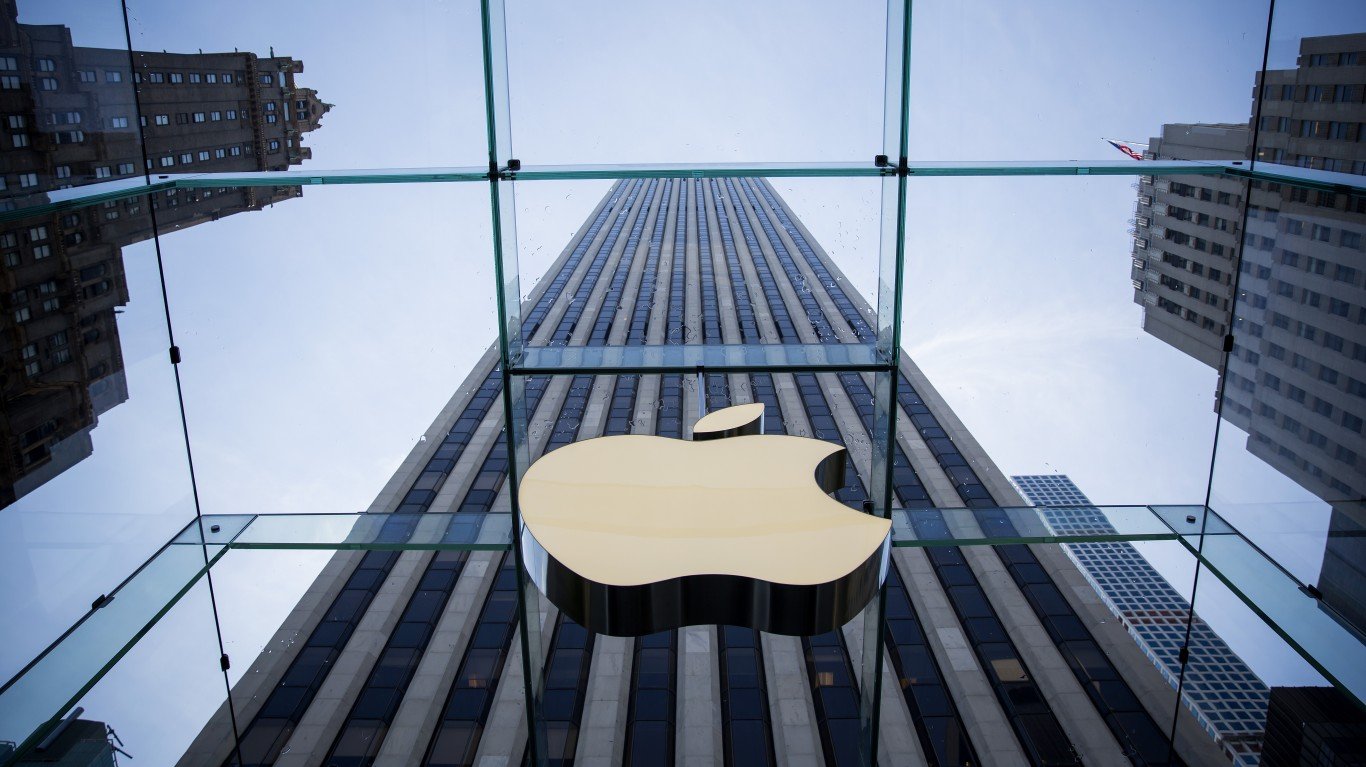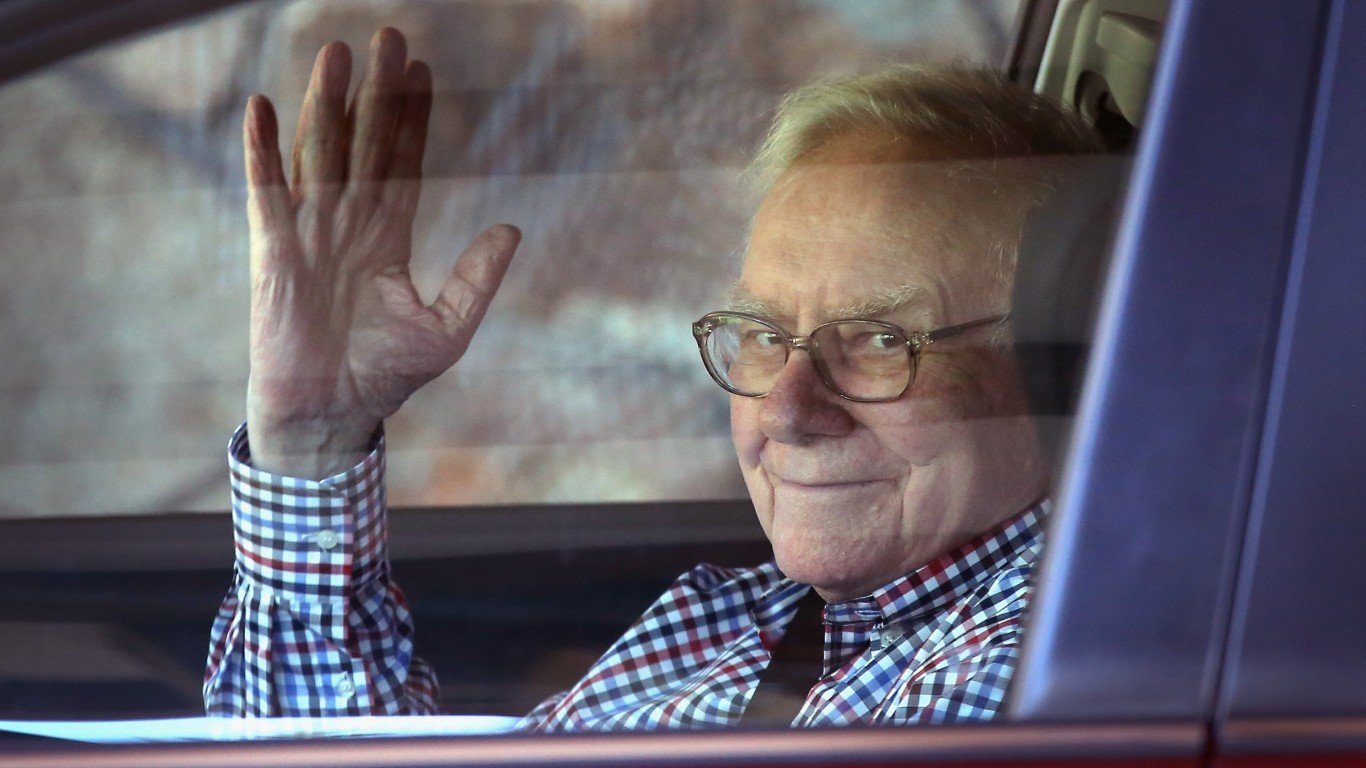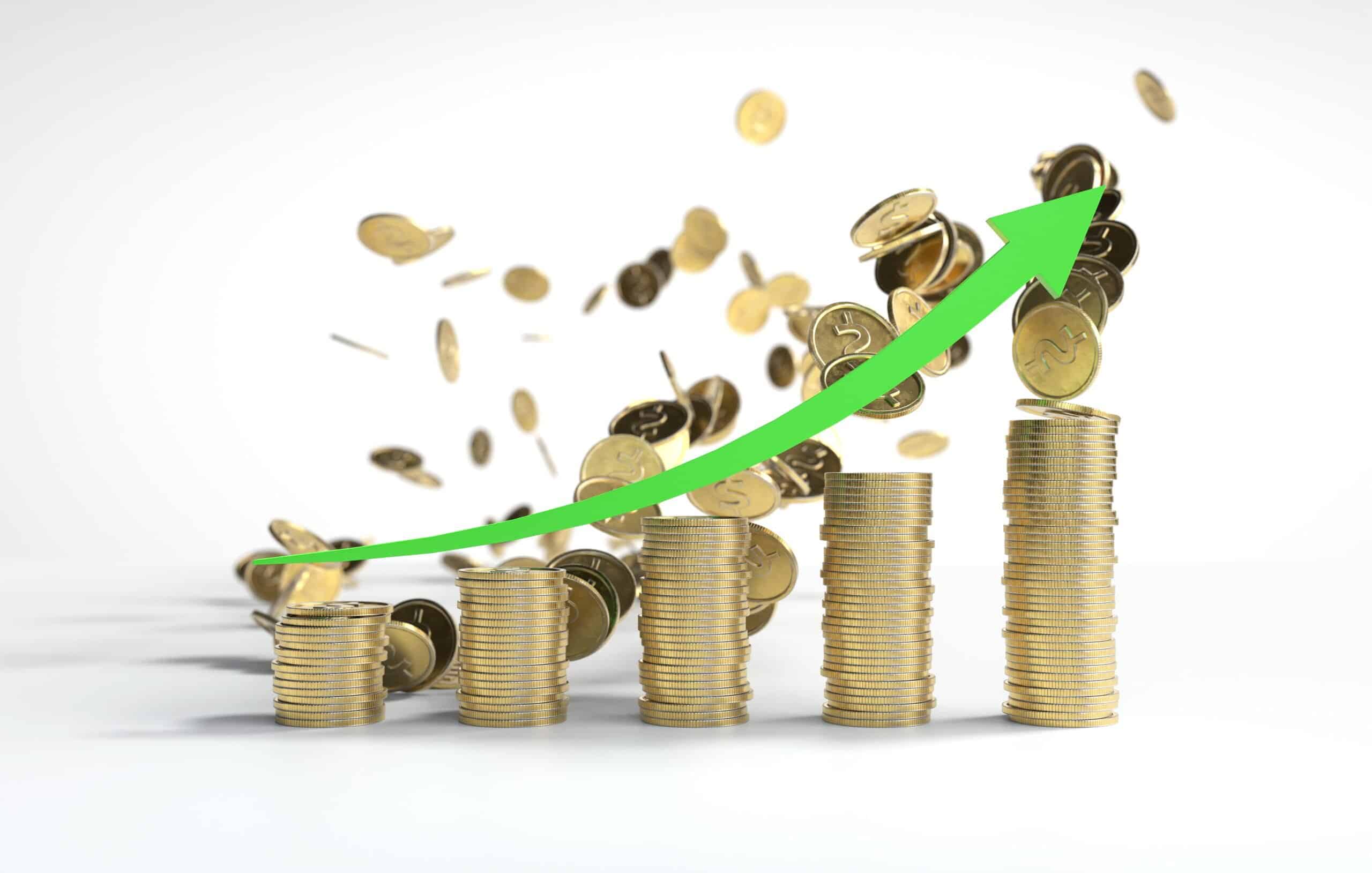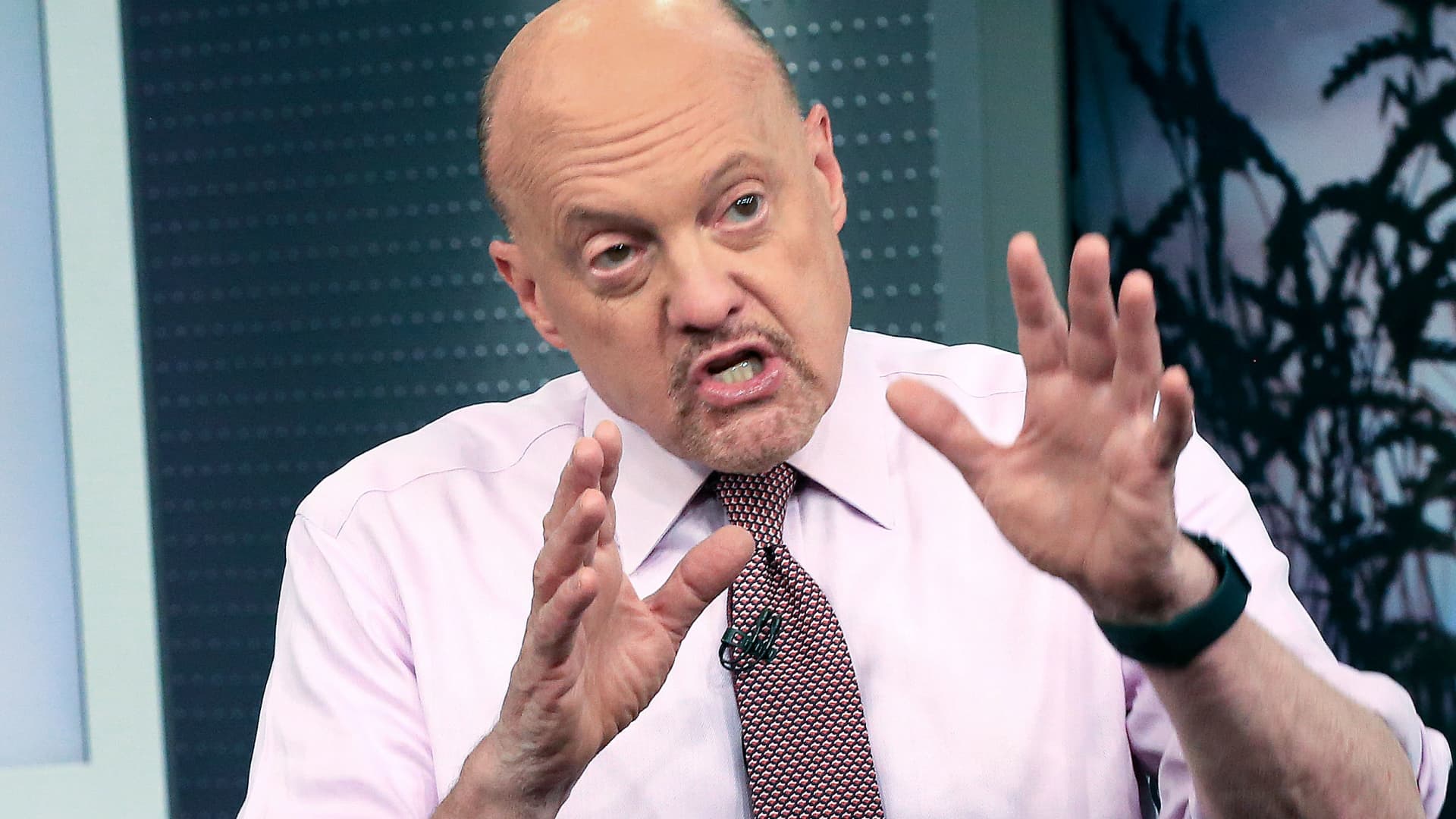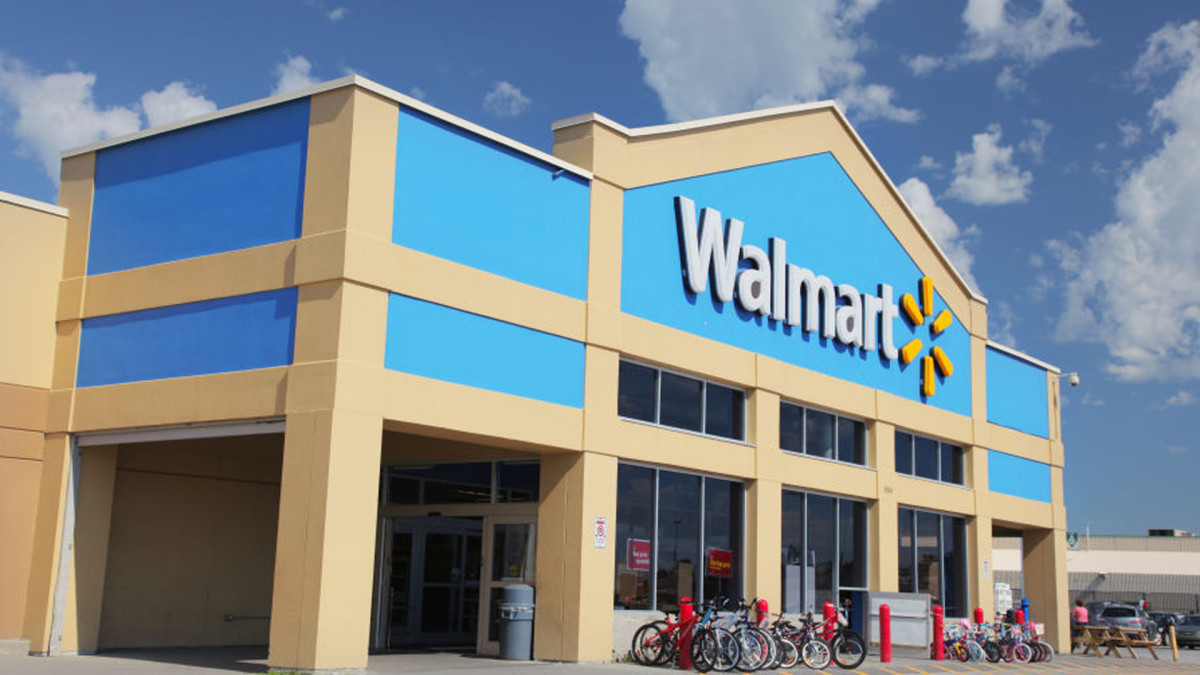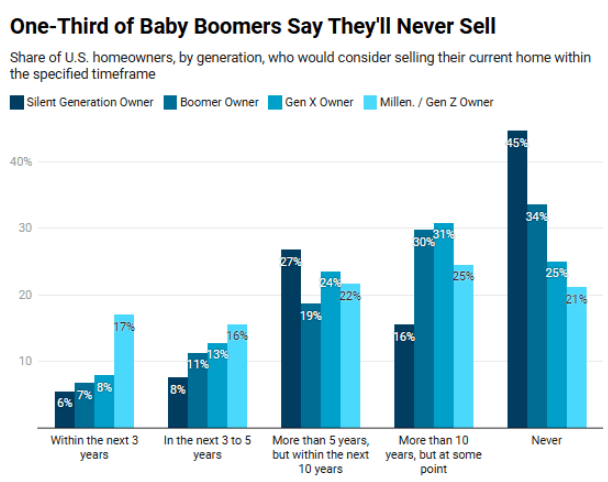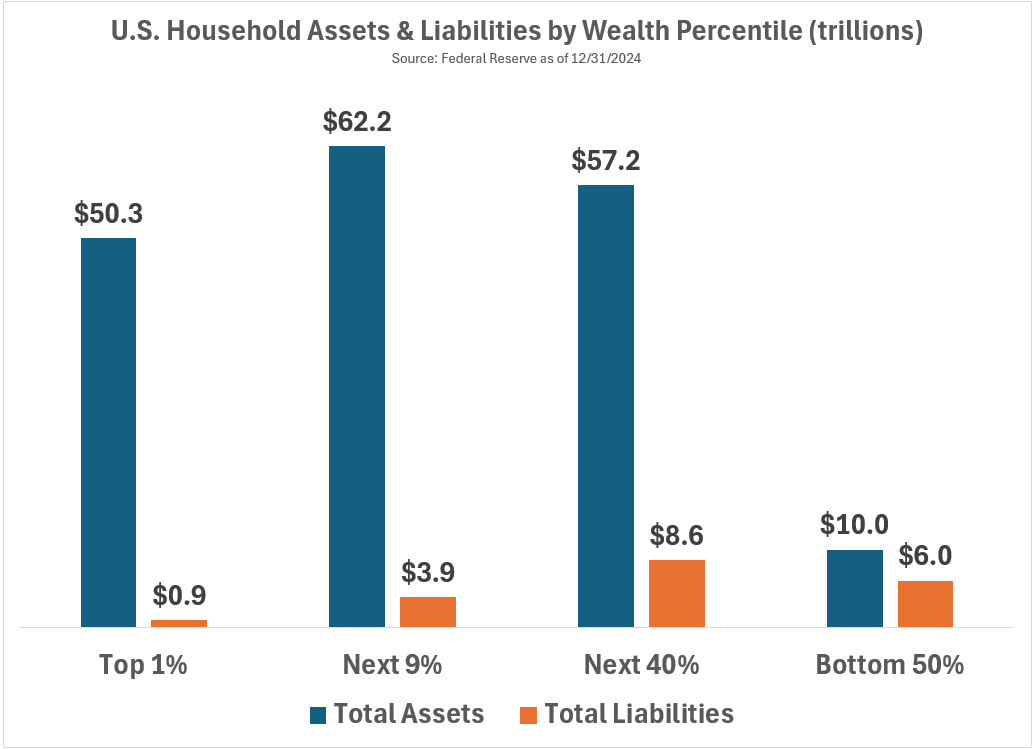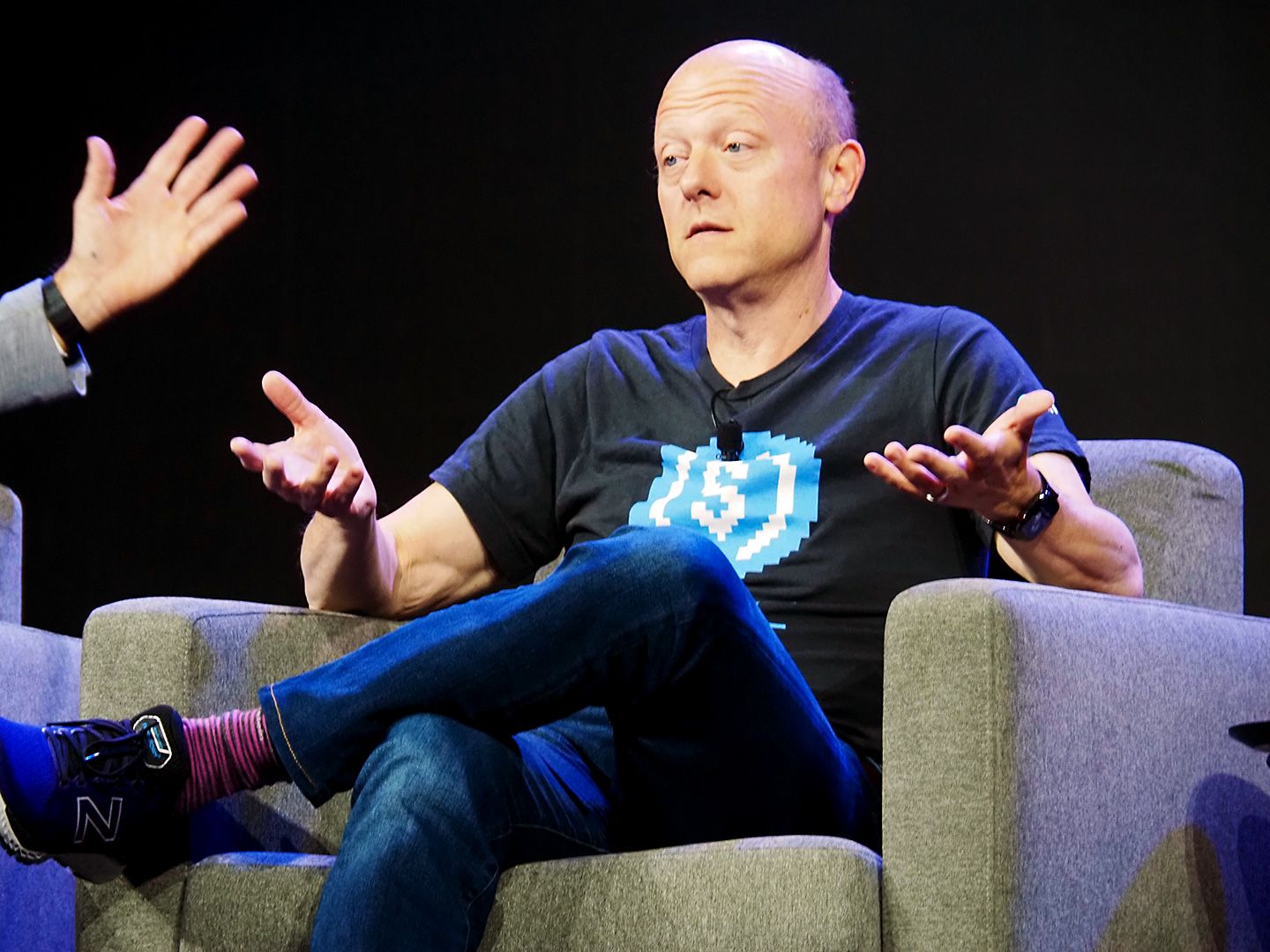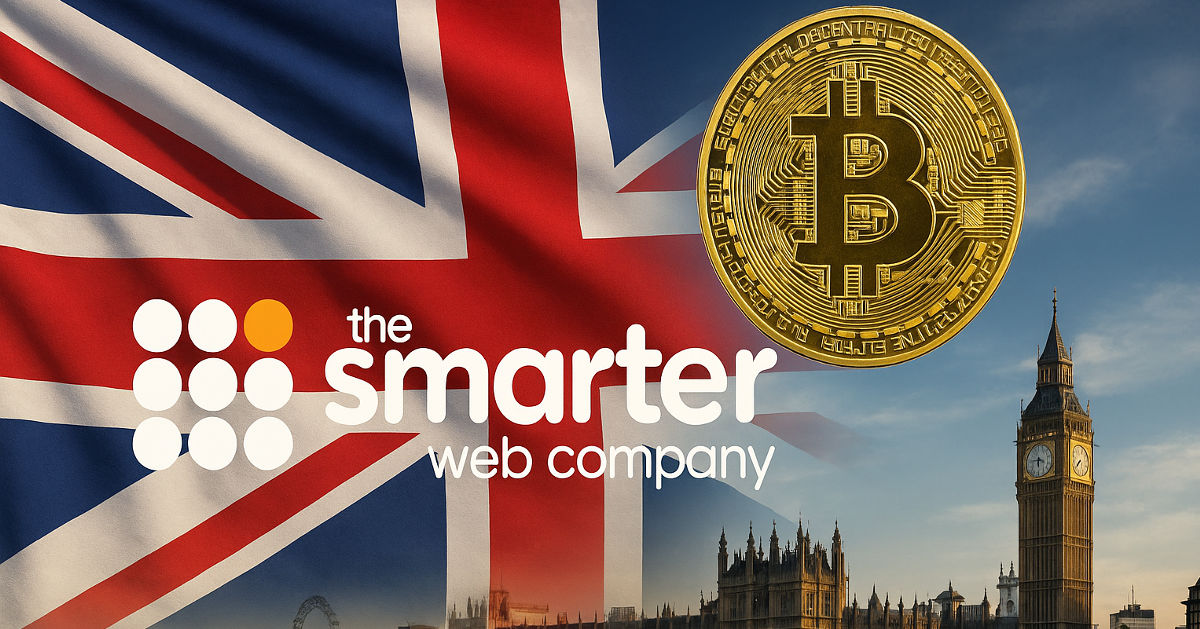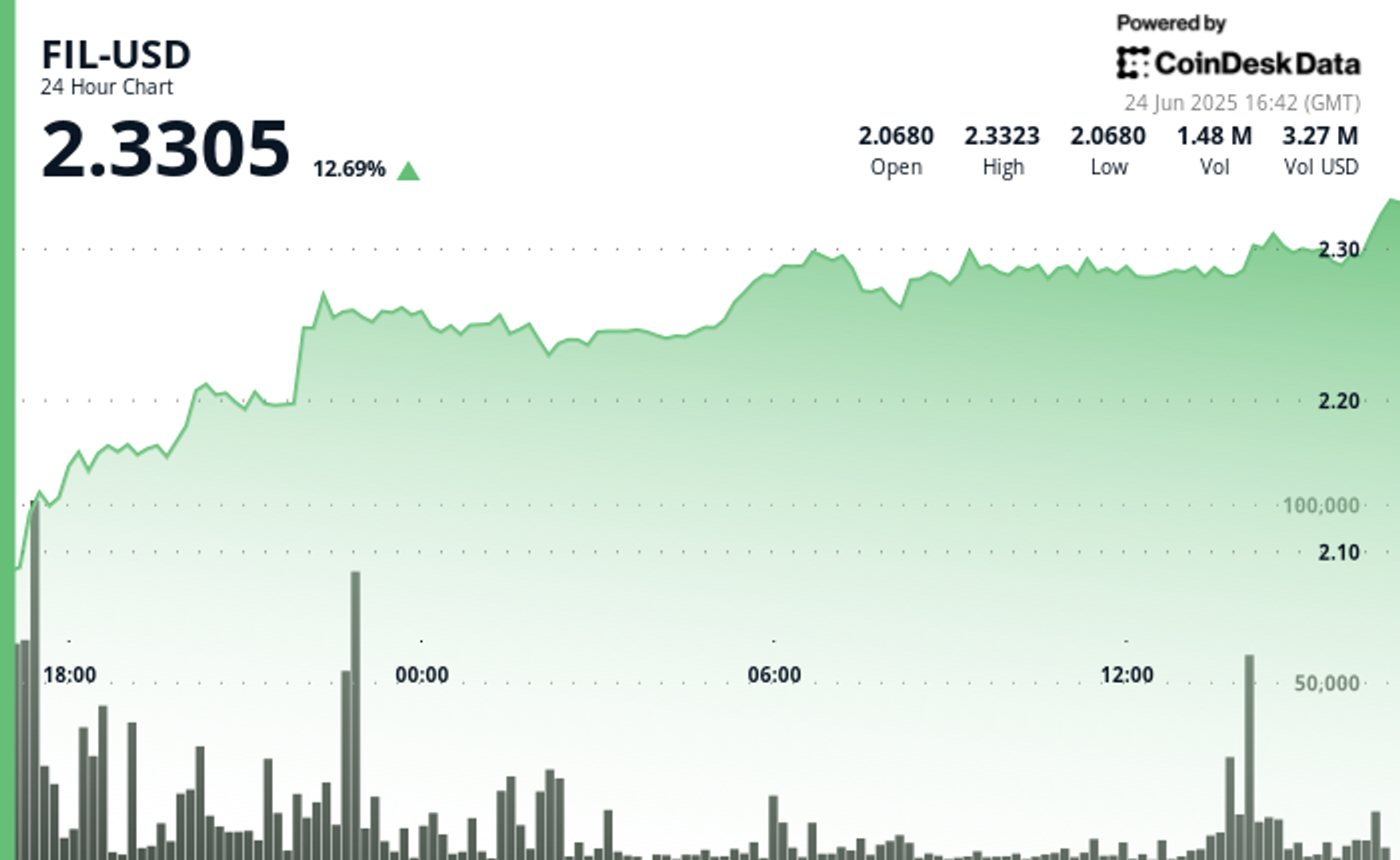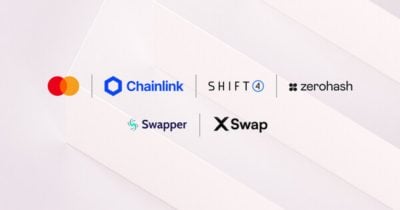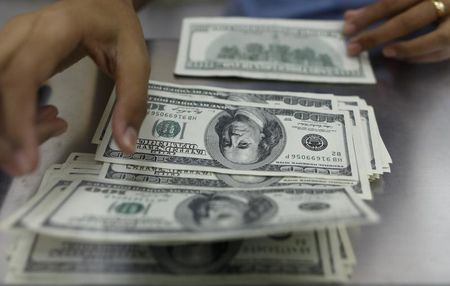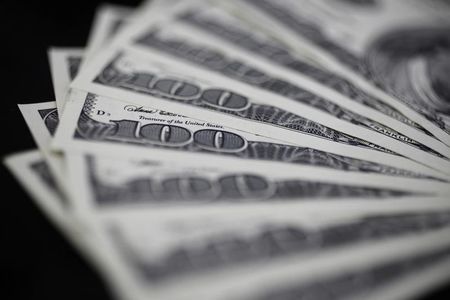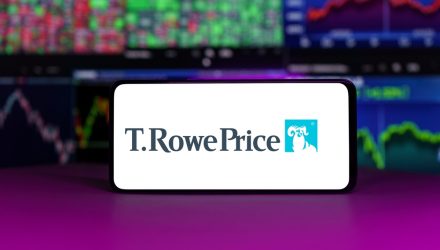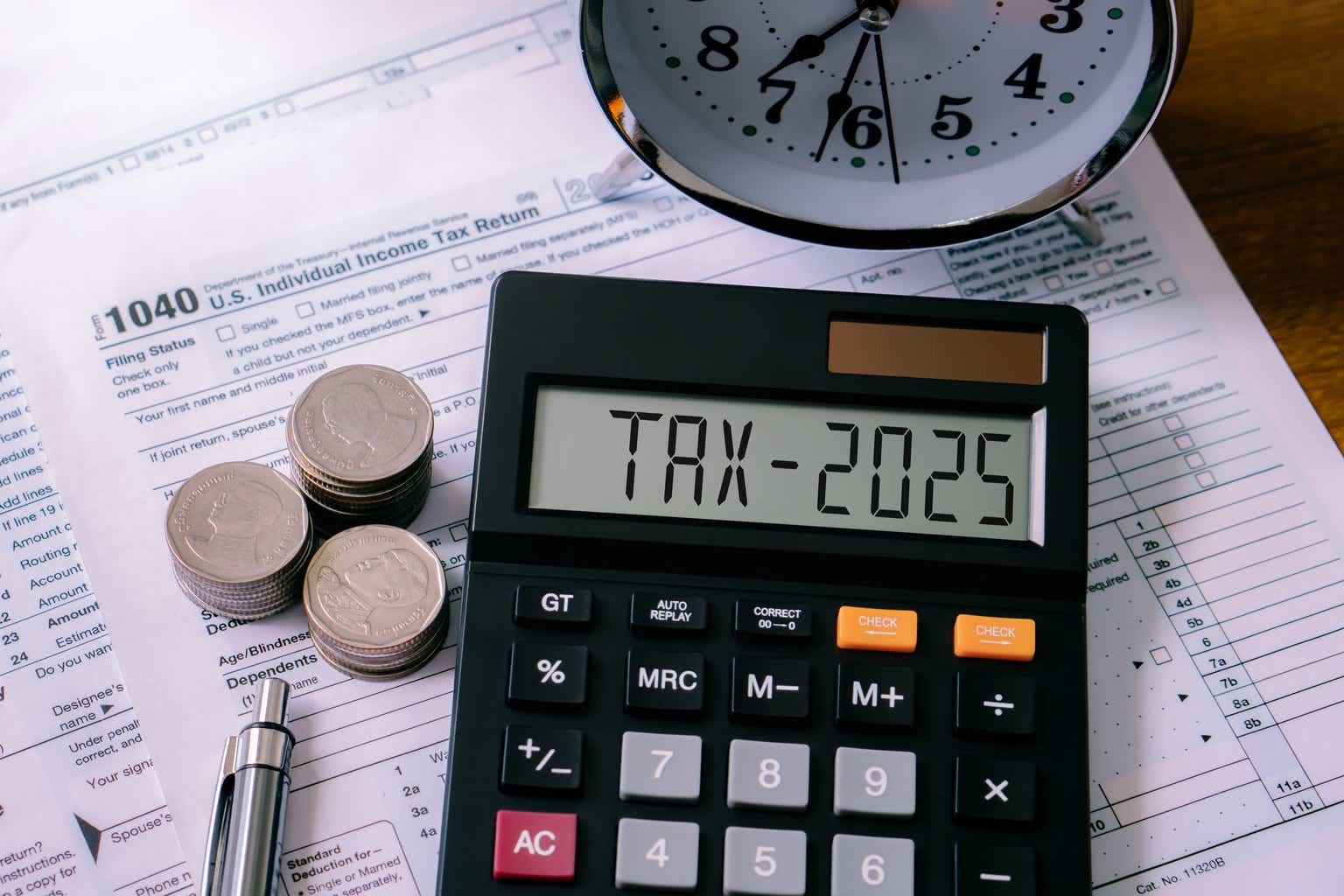How a former Amazon engineer turned a 14-year-old baby registry into a $500 million business
Babylist is expanding its business by reaching the 40% of American babies born under Medicaid.

– Growing up. Natalie Gordon started the baby registry Babylist in 2011 to serve customers like her. A former software engineer for Amazon, she was about to have her first child and started building a registry that met her needs. That helped Babylist distinguish itself as a destination for new parents of the early 2010s in a market where any registry for them was baby blue and pale pink, with cutesy cartoons they didn’t want to send around to friends and family. “I was our core user,” she remembers. “I was writing every single line of code. It was very easy to know what to build because I was building it for myself.”
Fourteen years later, with a 14-year-old at home, Gordon is no longer the core customer for the platform. It’s now a registry, an ecommerce destination for new parents, and an affiliate sales powerhouse—a profitable one that brings in more than $500 million in annual revenue, Fortune is the first to report. Gordon tells new hires at Babylist who don’t have kids that they’re closer to their core user—brand-new parents—than she is.

The growth of Babylist to become a half-billion-dollar business has depended on reaching a broader market of parents. The platform has traditionally been a place for people to register for and buy everything from $29 baby bottles to a $1,399 gliding nursery chair. Two years ago, the company secured licenses to operate a health vertical, where parents can order breast pumps covered by insurance, Medicaid included. That vertical is already a $50 million business. Forty percent of infants in the U.S. are born under Medicaid, and Babylist aims to serve 80% of that population by 2027. “There are so many parts of having a baby that are truly universal,” Gordon says of getting to know the Medicaid customer. “We do an exceptional job of serving both those audiences.”
For Gordon, this growth has also come from her aversion to a traditional part of running a startup: fundraising. “I was actually kind of terrible at fundraising,” she remembers. She raised less than $50 million over the past 14 years. “That felt like it was a curse, and now it’s a blessing,” says Gordon. “We always treated it as a business, not a startup.”
Emma Hinchliffe
emma.hinchliffe@fortune.com
– Call to action. Change the World is Fortune’s annual list featuring companies that are doing well by doing good. These companies are using the creative tools of business to help the planet and tackle society’s unmet needs—and they’re earning a profit while doing so. Plus, the list often features companies that are creating economic opportunities for women in industries or countries where they’re underrepresented. You can see last year’s honorees here. The deadline for applications this year is Tuesday, July 29; the list will be published in late September, and will appear in the October/November issue of Fortune magazine.
Have a company you’d like to nominate? Fill out this form! Have questions? Send an email to changetheworld@fortune.com.
The Most Powerful Women Daily newsletter is Fortune’s daily briefing for and about the women leading the business world. Today’s edition was curated by Nina Ajemian. Subscribe here.
This story was originally featured on Fortune.com







